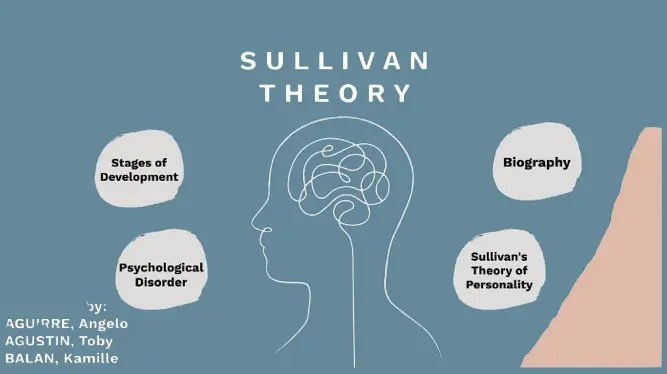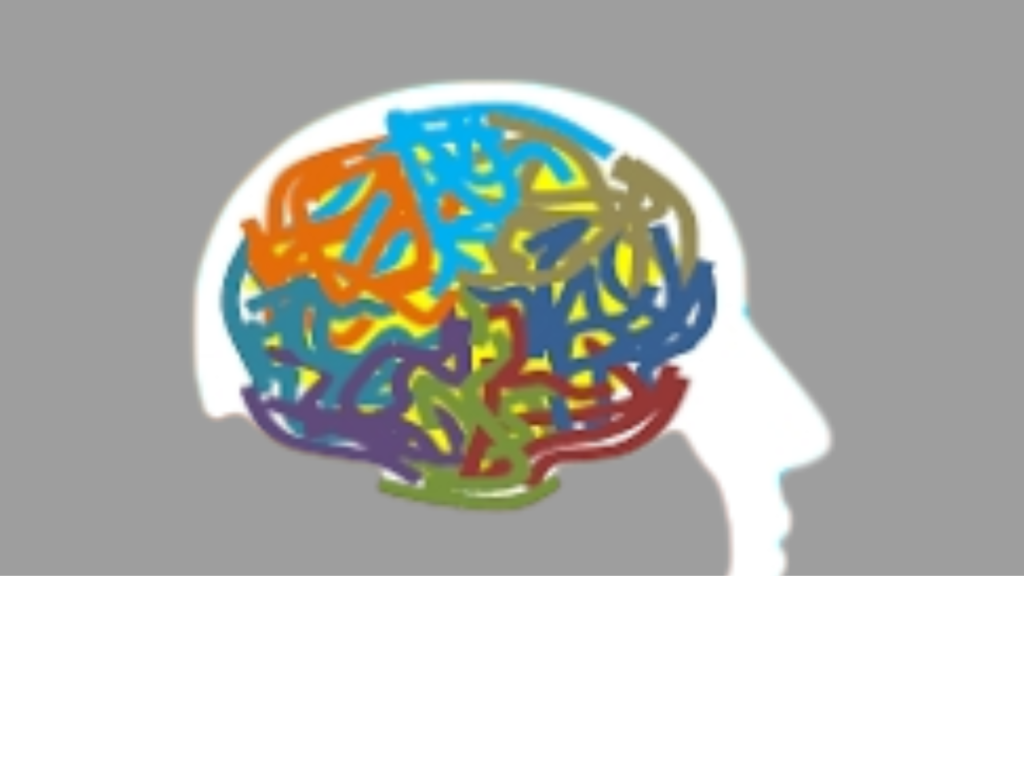Anxiety is something many people face at some point in their lives. Whether it’s the occasional stress before a big presentation or the constant worry about daily life, anxiety can feel overwhelming and interfere with normal routines. While it’s natural to experience moments of anxiety, when it becomes chronic, it can start affecting mental, emotional, and physical well-being. The good news is that anxiety can be managed with the right tools and strategies.

In this article, we’ll explore practical, user-friendly ways to help reduce anxiety and regain control over your thoughts and emotions. Whether you’re dealing with occasional anxious moments or chronic anxiety, these tips can help you find relief and start feeling more at ease.
Understanding Anxiety
Anxiety is a natural response to stress. It’s your body’s way of preparing you to react to potential threats, known as the “fight-or-flight” response. This means when you’re anxious, your body gets ready to deal with danger by releasing stress hormones like adrenaline.
However, when anxiety becomes persistent or excessive, it can develop into an anxiety disorder. This might manifest in physical symptoms such as a racing heartbeat, sweating, or dizziness, and emotional symptoms like excessive worry, irritability, and difficulty concentrating. Common triggers include work pressure, financial problems, health concerns, or personal relationships.
Understanding anxiety is the first step in managing it. Recognizing that it’s a normal reaction to stress can help take some of the pressure off. However, if anxiety becomes persistent and starts affecting daily life, it’s essential to take action.
Recognizing the Signs of Anxiety
Recognizing the early signs of anxiety can make a huge difference in preventing it from getting out of control. Some of the subtle signs to look for include:
- Feeling restless or on edge
- Irritability or a short temper
- Muscle tension, headaches, or a racing heart
- Difficulty concentrating or focusing
- Overthinking or constantly worrying about the future
By paying attention to these signs, you can take proactive steps to manage anxiety before it escalates. One effective way to track your anxiety levels is by journaling. Writing down when you feel anxious, what triggered it, and how you managed the situation can help you identify patterns and gain more control over your reactions.
Effective Strategies to Stop Anxiety
Once you recognize the signs of anxiety, the next step is to implement strategies to reduce it. Here are some practical techniques that can help you manage anxiety effectively:
1. Breathing Exercises
When you’re anxious, your body tends to breathe faster and more shallow, which can increase feelings of panic. Deep breathing, on the other hand, activates the body’s relaxation response, helping you feel calmer.
Try these simple techniques:
- 4-7-8 Breathing: Inhale through your nose for 4 seconds, hold your breath for 7 seconds, then exhale slowly for 8 seconds. Repeat this for 4-5 rounds.
- Box Breathing: Inhale for 4 seconds, hold for 4 seconds, exhale for 4 seconds, and hold again for 4 seconds. Repeat as needed.
These breathing techniques can be done anywhere, anytime you start to feel anxious.
2. Mindfulness and Meditation
Mindfulness is the practice of focusing on the present moment without judgment. It’s incredibly effective at calming the mind and reducing anxiety.

A simple way to practice mindfulness is by paying attention to your breath. Inhale deeply, then exhale slowly, bringing your focus to the sensations of your breath. If your mind starts to wander, gently bring it back to your breathing. Even just 5 minutes of mindful breathing can help you regain a sense of calm.
There are also many guided meditation apps like Headspace or Calm that can help you practice mindfulness and meditation in a structured way.
3. Progressive Muscle Relaxation (PMR)
Progressive Muscle Relaxation (PMR) is a technique that involves tensing and then relaxing different muscle groups to release physical tension. This can help reduce the physical symptoms of anxiety, such as tightness and muscle spasms.
Here’s how to do PMR:
- Start with your toes and work your way up through your body, tensing each muscle group for 5 seconds and then relaxing it for 10-15 seconds.
- Pay attention to the difference between tension and relaxation as you move through each muscle group.
This technique helps release the physical tension that often accompanies anxiety, leaving you feeling more relaxed and centered.
4. Regular Exercise
Exercise is a powerful tool in managing anxiety. Physical activity helps release endorphins, the body’s natural mood elevators, while also reducing levels of stress hormones like cortisol.
Even just 30 minutes of moderate exercise—whether it’s a walk, yoga session, or bike ride—can significantly reduce anxiety levels. Regular exercise also improves sleep and boosts overall well-being, helping to prevent anxiety from building up in the first place.
5. Limit Caffeine and Sugar Intake
Caffeine and sugar can exacerbate anxiety by stimulating the nervous system. While caffeine may give you a short-term energy boost, it can also lead to feelings of nervousness, jitteriness, and even panic attacks.
Try reducing your intake of coffee, soda, and energy drinks, especially in the hours leading up to bedtime. Instead, opt for calming teas like chamomile or peppermint, which can help soothe anxiety.
Long-Term Solutions to Prevent Anxiety
While these immediate strategies can help in the short term, managing anxiety over the long term requires a more comprehensive approach. Here are some long-term strategies to keep anxiety at bay:
1. Establish a Routine
Having a regular daily routine can help reduce the unpredictability that often triggers anxiety. This includes setting regular wake-up times, meal times, and bedtimes. A predictable routine can help you feel more in control of your day and reduce anxiety caused by uncertainty.
2. Build a Support System
Talking to someone you trust can provide emotional relief when you’re feeling anxious. Reach out to a friend, family member, or even a support group where you can share your feelings. Social support can help reduce the isolation that often comes with anxiety.
3. Seek Professional Help
If your anxiety is chronic or interfering with your daily life, it may be helpful to speak with a mental health professional. Therapies such as Cognitive Behavioral Therapy (CBT) have been shown to be highly effective in treating anxiety. In some cases, medication prescribed by a doctor can also help manage anxiety symptoms.
Conclusion
Managing anxiety is a journey, not a destination. By implementing simple, effective strategies like deep breathing, mindfulness, and regular exercise, you can reduce anxiety and take control of your mental well-being. Remember that it’s okay to seek professional help if needed and that you don’t have to face anxiety alone.
Start by trying just one of these strategies today. Every small step you take will bring you closer to feeling calm and centered. With patience and persistence, you can manage your anxiety and create a more peaceful, balanced life.



